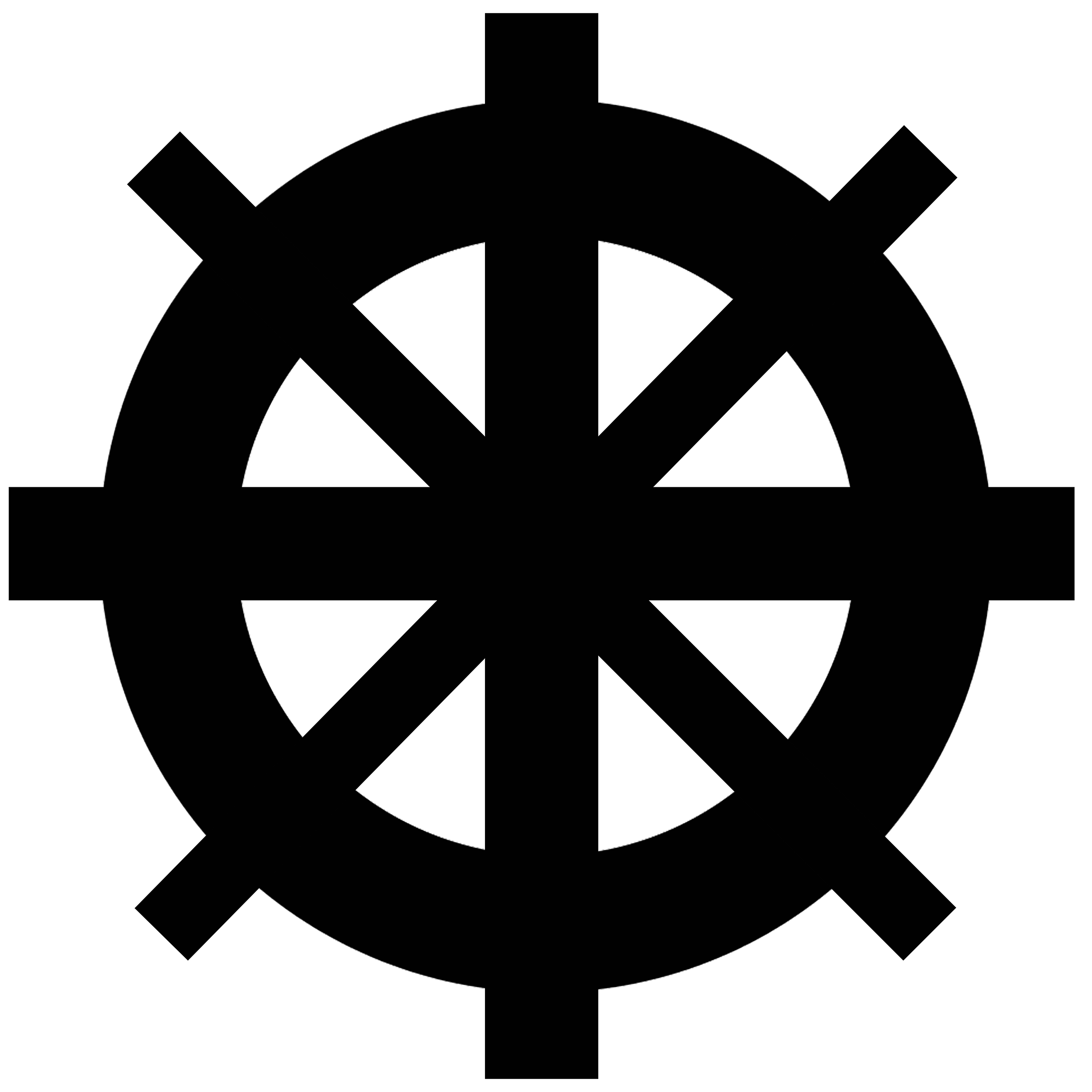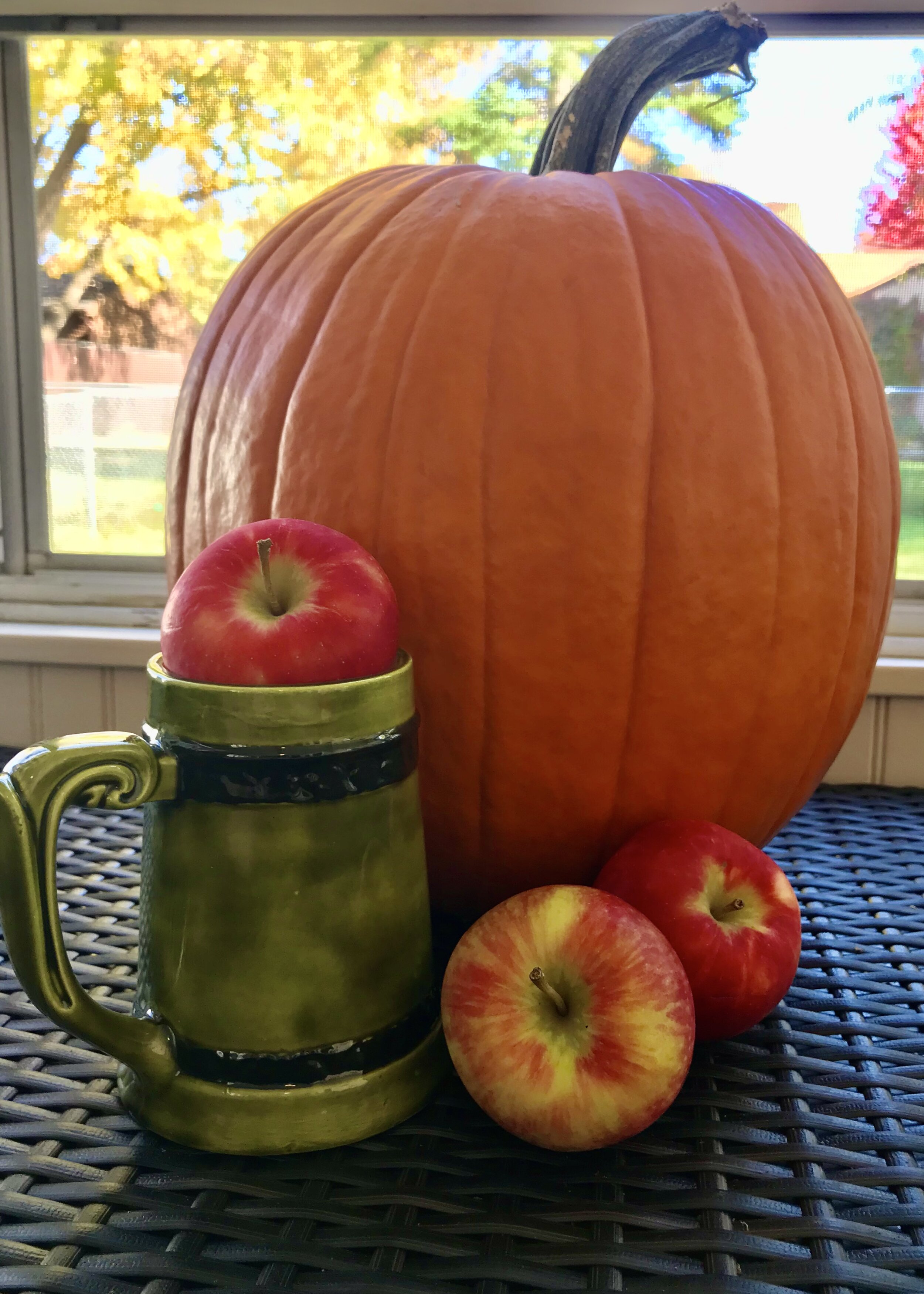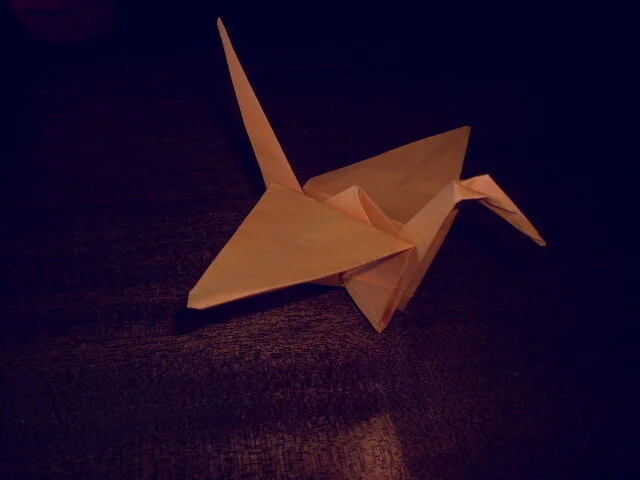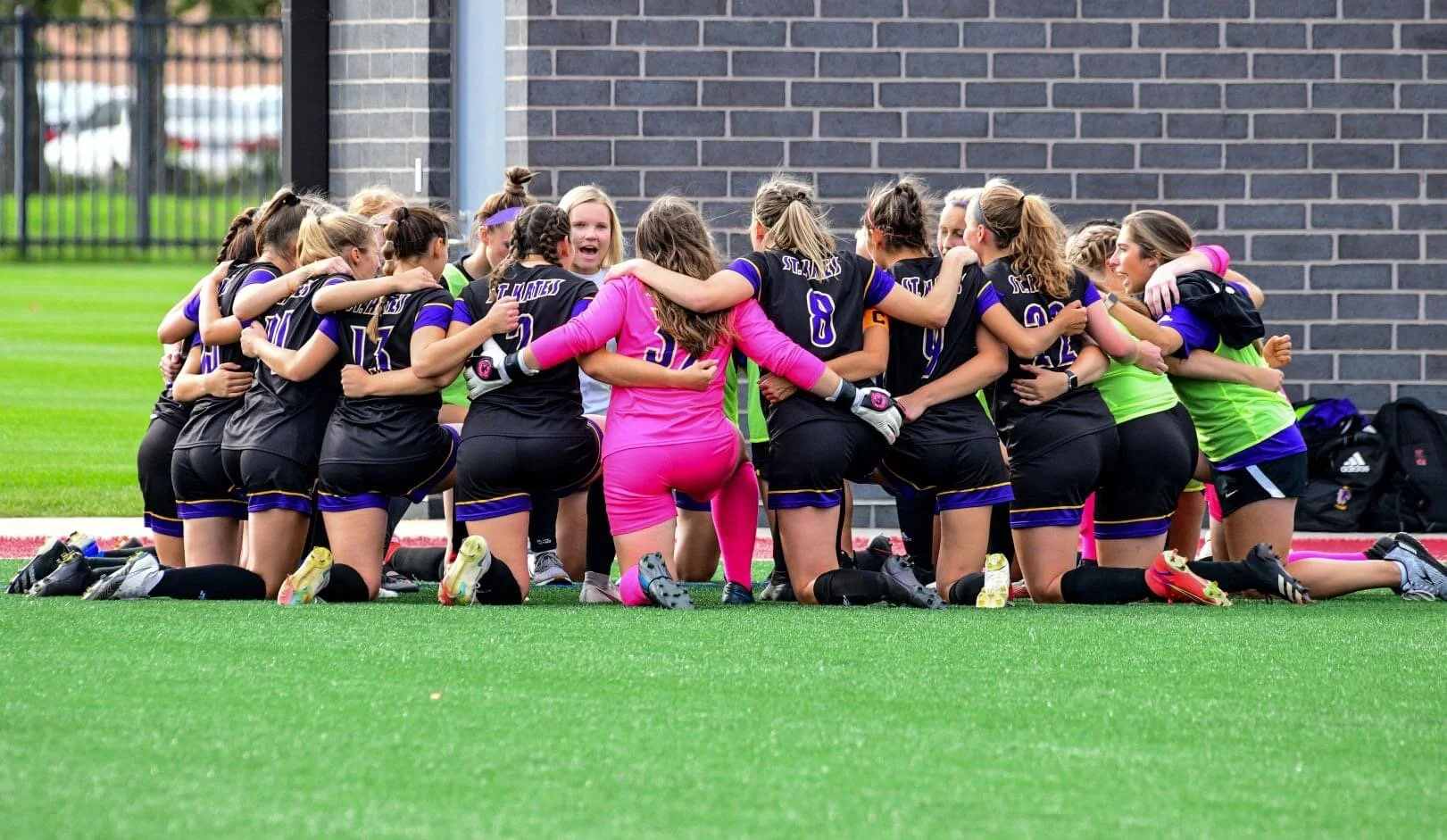The best places to get a COVID test
Surrounding clinics and hospitals that offer free coronavirus testing
The global pandemic has resulted in big changes being made within our campus, our community, and our city. These changes have become a huge part of our realities; we wear our masks when going out in public, social distance when waiting in line at the grocery store, and constantly check-in (virtually, of course) with our loved ones who are most susceptible to the disease.
Despite taking all these precautions, your worst fears may be realized if you start to feel sick, or if someone coughs on you at work, or if you notice that a Karen isn’t wearing her mask in public.
Fortunately, Wheel readers, I am here to help-- I’ve done the research so you don’t have to in regards to how and where you can get tested for COVID-19.
Reasons to Get Tested
Don’t forget to wear your mask and social distance at all times when you are in public. Or, in other words, “Please stand 6 pumpkins apart.”
First, it is important to know what symptoms you should be looking for if you think you need to get tested for coronavirus. If you have any of the symptoms below, it may be smart to get tested.
According to the CDC Website, symptoms of coronavirus include:
Fever/chills
Cough
Shortness of breath/difficulty breathing
Fatigue
Muscle/body aches
Headache
Loss of taste or smell
Sore throat
Congestion/runny nose
Nausea/vomiting
Diarrhea
It is also important to get tested if you have come into contact with someone who is suspected of having the disease. If you are unsure whether you should be tested or not, you can use the COVID-19 screening tool provided on the Minnesota COVID-19 Response website located here.
Once you have received the test, you should isolate yourself until you know your results. If your test results are positive, the Center for Disease Control and Prevention (CDC) expects you to self-isolate for two weeks to prevent the spread of the virus. During these two weeks, persons who have the virus must follow MDH Guidelines.
St. Kate’s Health and Wellness Clinic
If you are a current student, faculty, or staff at St. Kate’s, the Health and Wellness Clinic on campus (located on the east side of the Butler Center) offers COVID testing by appointment.
The Health and Wellness center will test anyone with symptoms consistent with the disease and asymptomatic people with known exposure to the virus.
To schedule an appointment with the Health and Wellness Clinic, you must call (651) 690-6714. Scheduling appointments through the patient portal is only available for mental health and flu shot appointments. Note the hours available for testing below.
Hours
The clinic is open every weekday for different appointment types as follows:
9:30 a.m. - 12 p.m.: Women’s health/mental health appointments
12-1 p.m.: Closed for sanitization
1-4 p.m.: COVID testing and sick appointments
Off-Campus Testing Locations
Many clinics, hospitals, and pharmacies are offering COVID testing. Using the MDH interactive search tool, you can sort testing locations by city or country and find the one closest to you.
The Minnesota Department of Health interactive search map allows you to find the testing locations that are closest to you, sorting by city and county in Minnesota.
Based on this map, the locations closest to St Kate’s that offer coronavirus testing are:
United Family Medicine
2423 West 7th Street
Saint Paul, MN 55116
Phone: (651) 241-1000
Weekdays: 8:00 a.m. - 4:30 p.m by appointment
Weekends: Unavailable
Open Cities Health Center
409 North Dunlap Street
Saint Paul, MN 55104
Phone: (651) 290-9200
Weekdays: 9:00 a.m. - 4:00 p.m. by appointment, drive-up available by appointment
Weekends: Unavailable
CVS Pharmacy Minute-Clinic
499 Snelling Avenue North
Saint Paul, MN 55104
Phone: (651) 917-2001
Website: cvs.com/minuteclinic/covid-19-testing
Weekdays: Schedule appointment for hours
Weekends: Schedule appointment for hours
Other Locations and Community Testing
Community testing is also offered in areas with outbreaks, increasing cases, or places where testing may not be offered. Click here to see a full list of dates, times, and locations where community testing is available.
What It’s Like to Get Tested
I spoke with a college-aged student who has received the coronavirus test-- don’t worry, it came back negative! Nevertheless, this person would like to keep their reason for getting tested and their identity anonymous.
However, this student spoke with me because they want to share their experience in order to help reduce the anxiety of others when it comes to getting the COVID test done. This way, people will know what to expect and be better mentally prepared for the procedure if they ever need to get tested.
My source had actually been tested more than once, and they had two different procedures done to test for the coronavirus. The first test, a nasopharyngeal test, was done at a clinic and is the most common type of COVID-19 testing. The other test was a quick nasal swab test done at this person’s place of work.
Nasopharyngeal
The nasopharyngeal test is the most common test, and it’s the one that many people may have heard about or seen on social media. Chrissy Teigen even posted a video of her getting the test done on her Twitter. This is the test that goes all the way back through your nasal cavity.
My source said that their experience with this test was interesting. They had to drive up to a testing station and into a tent. This student didn’t mince words when they said that the experience was quite uncomfortable: “It really kind of feels like the swab is going to touch your brain.” They said their eyes watered a lot, and the nurses told them that sometimes, your nose starts bleeding, though that didn’t happen for this student.
“It was kind of funny-- the nurse who did my test told me to sit on my hands, because some people had swung at her before,” reflected my source.
My source said the person who tested them used a long q-tip-like swab to test the nasal cavity. The nurse went in, swabbed for 6-7 seconds, and then that was it. It took my source roughly 1-2 days to receive their results.
Though the experience was uncomfortable, it was quick and painless. Make sure to stay hydrated and don’t psych yourself out-- the nurse isn’t actually touching your brain.
Nasal Swab
My source also had to get a test done at their workplace as a precautionary measure. This test was a nasal swab, which was a lot easier and less uncomfortable than the nasopharyngeal test.
“[The nasal swab test] was quick and easy. They just stuck a q-tip into each nostril and swabbed each for 3-4 seconds,” they said. “This test was more like, ‘If you don’t hear from us, you’re negative.’”
Whatever test you get, remember that it will be quick and that it’s for the greater good.








